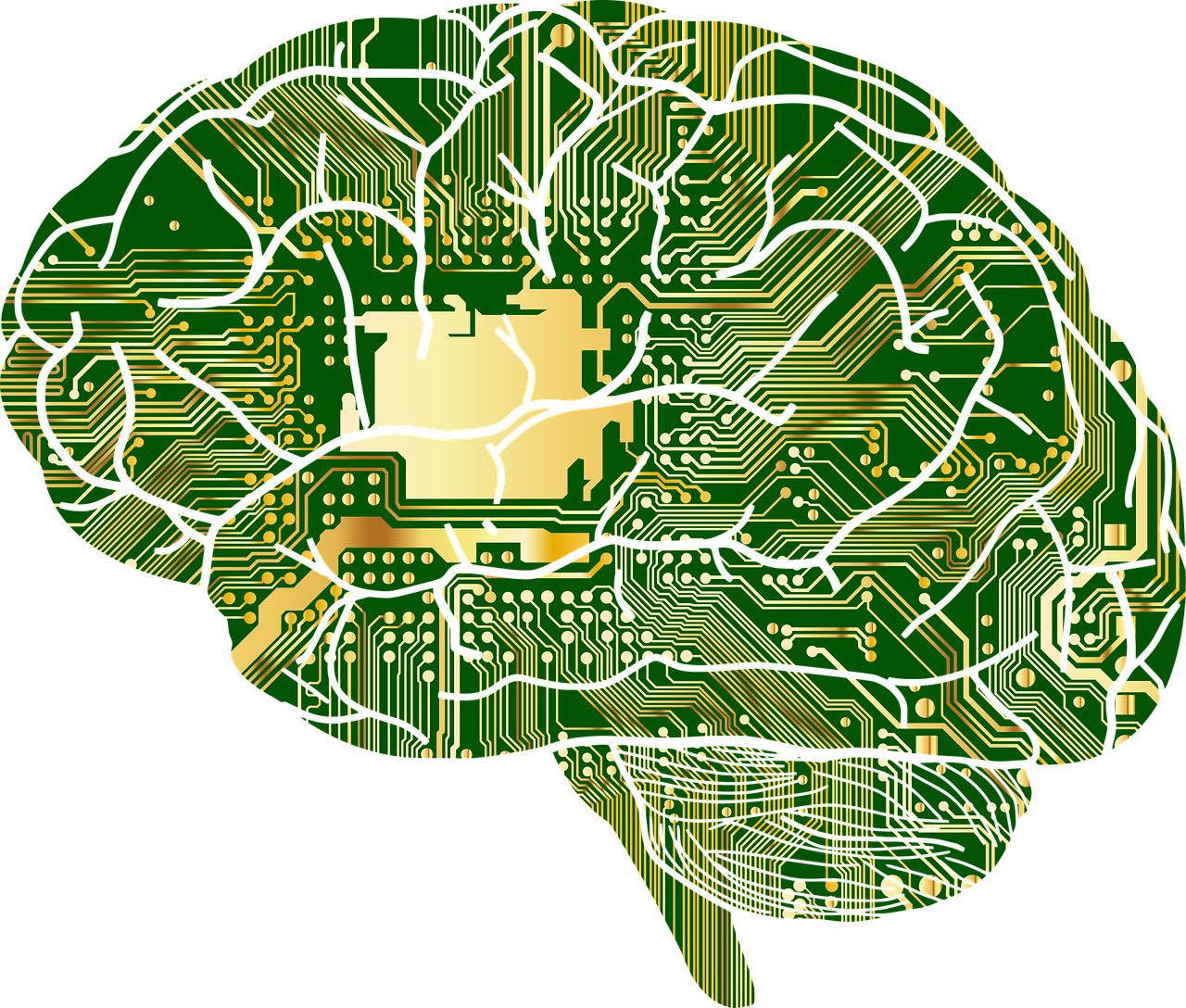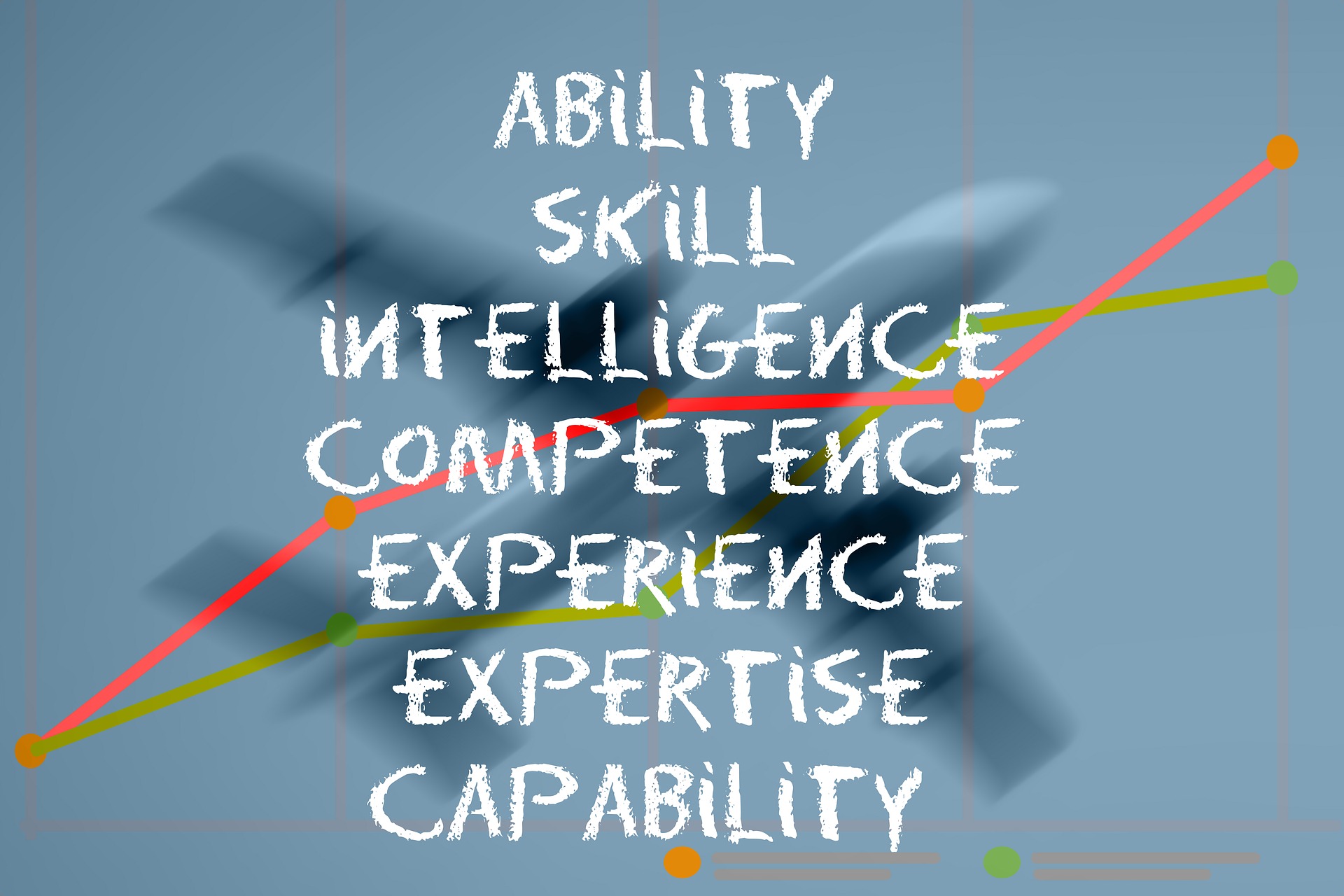Articles related to IT competence
Firm-level capabilities towards big data value creation
Morten Brinch. Angappa Gunasekaran. Samuel Fosso Wamba. (2021), Journal of Business Research , 131 , 539-548.
The purpose of this study is to identify firm-level capabilities required to create value from big data.
IT competence Data & Business analytics
How to improve firm performance using big data analytics capability and business strategy alignment?
Shahriar Akter. Samuel Fosso Wamba. Angappa Gunasekaran. Rameshwar Dubey. Stephen J. Childe. (2016), International Journal of Production Economics , 182 , 113-131.
This study aims to examine the role of big data analytics capability (BDAC) for firm performance. It identifies important dimensions of BDAC and emphasizes the complementarities between them for improved performance and sustained competitive advantage.
IT competence Business – IT alignment Data & Business analytics
Leveraging big data analytics to improve quality of care in healthcare organizations: A configurational perspective
Yichuan Wang. LeeAnn Kung. Suraksha Gupta. Sena Ozdemir. (2019), British Journal of Management , 30 (2) , 362-388.
This study investigates how combinations of big data analytics (BDA) capabilities and other organizational elements lead to improved healthcare performance.
IT competence Data & Business analytics
Increasing firm agility through the use of data analytics: The role of fit
Maryam Ghasemaghaei. Khaled Hassanein. Ofir Turel. (2017), Decision Support Systems , 101 , 95-105.
This article reports on a study investigating how data analytics use influences firm agility, and how this effect is moderated by the extent of congruence between data analytics tools and the users, data, and tasks.
Organizational agility IT competence Data & Business analytics
Discriminating IT Governance
Amrit Tiwana. Stephen K. Kim. (2015), Information Systems Research , 26 (4) , 637-874.
This article investigates how the interplay between a firm’s IT governance choices (i.e. which department makes what IT decisions) and the IT unit’s and line functions’ peripheral knowledge (i.e. one department’s knowledge in the other’s domain) shapes IT strategic agility.
IT competence Business – IT alignment
Building dynamic capabilities for digital transformation: An ongoing process of strategic renewal
Karl S.R. Warner. Maximilian Wäger. (2019), Long Range Planning , 52 (3) , 326-349.
This article explores how incumbent firms in traditional industries build dynamic capabilities for digital transformation. The study emphasizes the senior leader’s point of view on the practice of strategic activities for digital transformation.
Digital transformation Digital leadership IT competence
Information technology competencies, organizational agility, and firm performance: Enabling and facilitating roles
Anindita Chakravarty. Rajdeep Grewal. Vallabh Sambamurthy. (2013), Information Systems Research , 24 (4) , 976-997.
This article investigates the relationship between IT competencies and two types of organizational agility (adaptive and entrepreneurial). It shows that the impact of IT competencies depends on the level of environmental dynamism. The empirical context of the study is business-to-business electronic marketplaces.
Organizational agility IT competence
Enabling firm performance through business intelligence and analytics: A dynamic capabilities perspective
Russell Torres. Anna Sidorova. Mary C. Jones. (2018), Information & Management , 55 (7) , 822-839.
This study examines the relationship between firm performance and business intelligence and analytics (BI&A), which is defined as a variety of organizational information practices that rely on the use of information technologies and involve the application of analytical techniques.
IT competence Data & Business analytics Organizational agility
A study of IS assets, IS ambidexterity, and IS alignment: The dynamic managerial capability perspective
Jeffrey C.F. Tai. Eric T.G. Wang. Hsi-Yin Yeh. (2019), Information & Management , 56 (1) , 55-69.
This study investigates factors supporting IS-business alignment, which is understood as the alignment of information systems with required strategic decision support and operational support.
Information systems strategy IT competence Business – IT alignment
IT assets, organizational capabilities, and firm performance: How resource allocations and organizational differences explain performance variation
Sinan Aral. Peter Weill. (2007), Organization Science , 18 (5) , 749-883.
The study seeks to explain firm level variations in the returns to IT investments and investigates how IT investment allocations and IT capabilities influence performance.
Information systems strategy IT competence


